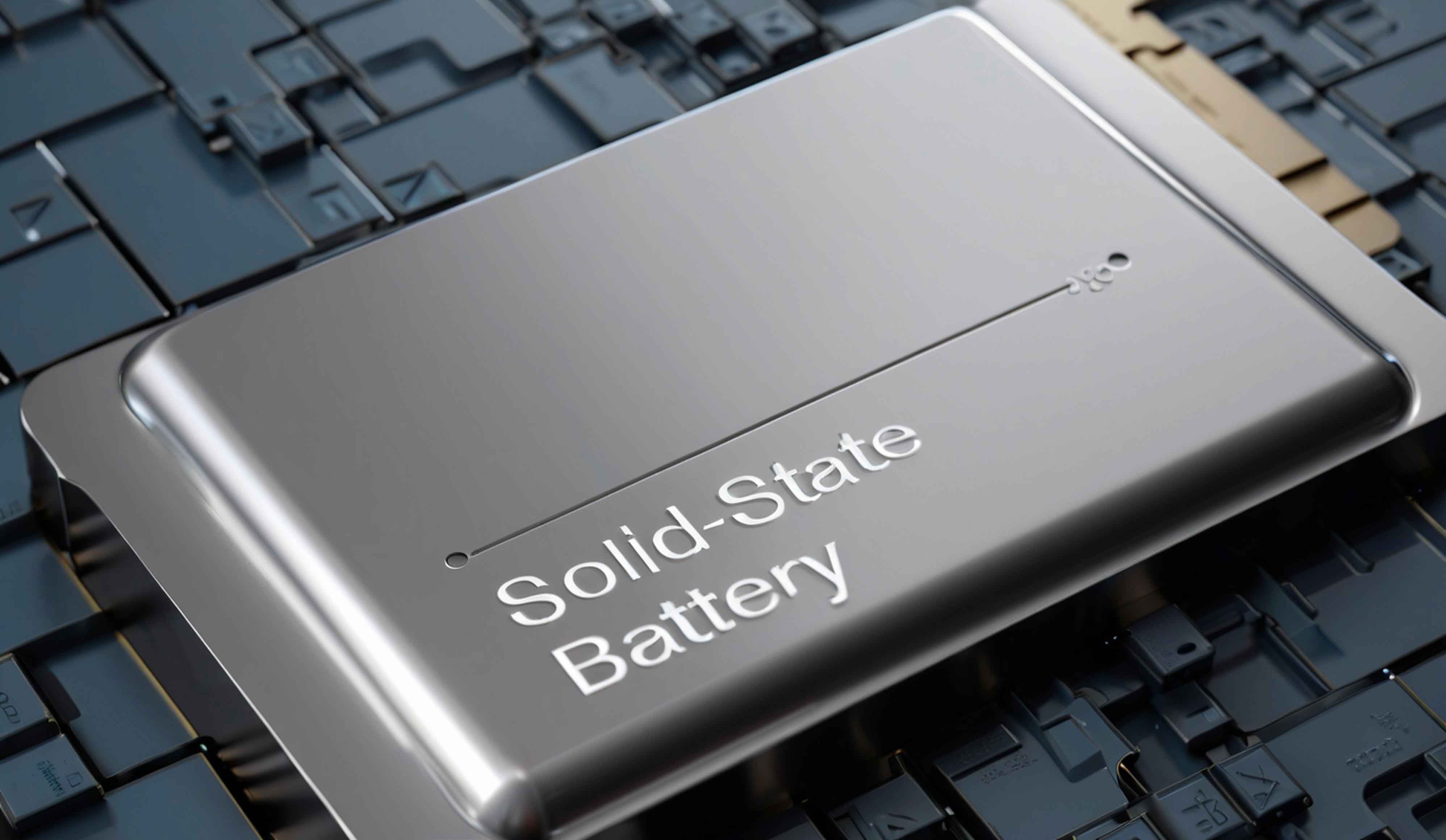The automotive industry stands on the brink of a transformative leap with the imminent arrival of solid-state batteries. As a researcher deeply entrenched in energy storage technologies, I am compelled to dissect whether consumers should delay purchasing current electric vehicles (EVs) for this groundbreaking innovation. This article synthesizes technical insights, market timelines, and strategic advice, leveraging quantitative analyses through tables and formulas to deliver a comprehensive perspective.

1. Introduction to Solid-State Batteries
Solid-state batteries represent a paradigm shift from conventional lithium-ion (Li-ion) batteries. Unlike their liquid electrolyte counterparts, solid-state batteries employ a solid electrolyte, unlocking unprecedented advantages:
- Higher Energy Density: Enabling longer driving ranges.
- Faster Charging: Reducing charging times by up to 70%.
- Enhanced Safety: Eliminating flammability risks associated with liquid electrolytes.
The energy density of a battery can be expressed as:Energy Density (Wh/L)=Stored Energy (Wh)Volume (L)Energy Density (Wh/L)=Volume (L)Stored Energy (Wh)
Current Li-ion batteries achieve ~700 Wh/L, while solid-state prototypes exceed 1,200 Wh/L.
2. Current State of Electric Vehicles
Today’s EVs predominantly rely on Li-ion technology. Key limitations include:
- Range Anxiety: Average ranges of 250–350 miles per charge.
- Degradation: Capacity loss of 2–3% annually.
- Charging Infrastructure: Limited ultra-fast charging networks.
Table 1: Li-ion vs. Solid-State Battery Performance
| Parameter | Li-ion Battery | Solid-State Battery |
|---|---|---|
| Energy Density (Wh/L) | 700 | 1,200–1,500 |
| Charge Time (0–80%) | 30–40 minutes | 10–15 minutes |
| Cycle Life | 1,000–2,000 | 5,000+ |
| Operating Temperature | -20°C to 60°C | -40°C to 120°C |
3. Technological Advancements and Challenges
Major automakers and startups—Toyota, QuantumScape, and Samsung SDI—are racing to commercialize solid-state batteries. However, hurdles persist:
- Material Costs: Solid electrolytes (e.g., sulfide-based) are 3–5× costlier than liquid alternatives.
- Manufacturing Scalability: Electrode-solid electrolyte interfaces require precision engineering.
- Dendrite Suppression: Metallic lithium anodes risk dendritic growth, though recent breakthroughs suggest solutions:
Dendrite Growth Rate∝Current DensityElectrolyte Shear ModulusDendrite Growth Rate∝Electrolyte Shear ModulusCurrent Density
Higher shear modulus in solid electrolytes slows dendrite formation.
4. Market Predictions and Timelines
Drawing parallels to regulatory timelines (e.g., 2027–2030 frameworks in the provided document), solid-state battery adoption will unfold in phases:
Table 2: Projected Commercialization Timeline
| Phase | Timeline | Key Milestones |
|---|---|---|
| Pilot Production | 2025–2027 | Limited EV models (luxury segment) |
| Mass Production | 2028–2030 | Cost parity with Li-ion, mainstream EVs |
| Global Dominance | Post-2030 | >50% market share in EVs |
5. Consumer Advice: To Wait or Not to Wait?
For EV buyers, the decision hinges on three factors:
- Urgency: Immediate needs favor current Li-ion EVs (e.g., Tesla Model 3, BYD Seal).
- Budget: Early solid-state EVs (2025–2027) may carry 20–30% price premiums.
- Technology Readiness: Post-2030 models promise optimal performance and affordability.
Equation for Cost-Benefit Analysis:Net Benefit=∑t=0nSavingst−Opportunity Costt(1+r)tNet Benefit=t=0∑n(1+r)tSavingst−Opportunity Costt
Where rr = discount rate, tt = time horizon.
6. Future Outlook
Solid-state batteries will redefine mobility and energy ecosystems:
- Grid Storage: Higher cycle life suits renewable energy integration.
- Aviation: Enabling electric aircraft with 500+ mile ranges.
- Material Innovation: New cathode/anode chemistries (e.g., lithium-sulfur).
Conclusion
The transition to solid-state batteries is inevitable but gradual. While early adopters may face premiums, patient consumers will reap the rewards of superior technology post-2030. For now, the choice balances immediacy against future-proofing—a calculus as dynamic as the technology itself.
Appendix: Key Formulas and Tables
- Energy Density:
Energy Density=Energy (Wh)Volume (L)Energy Density=Volume (L)Energy (Wh)
- Dendrite Growth:
Growth Rate=k⋅JGGrowth Rate=k⋅GJ
Where kk = proportionality constant, JJ = current density, GG = shear modulus.
- Adoption Timeline:
- Pilot: 2025–2027
- Mass Production: 2028–2030
- Dominance: Post-2030
